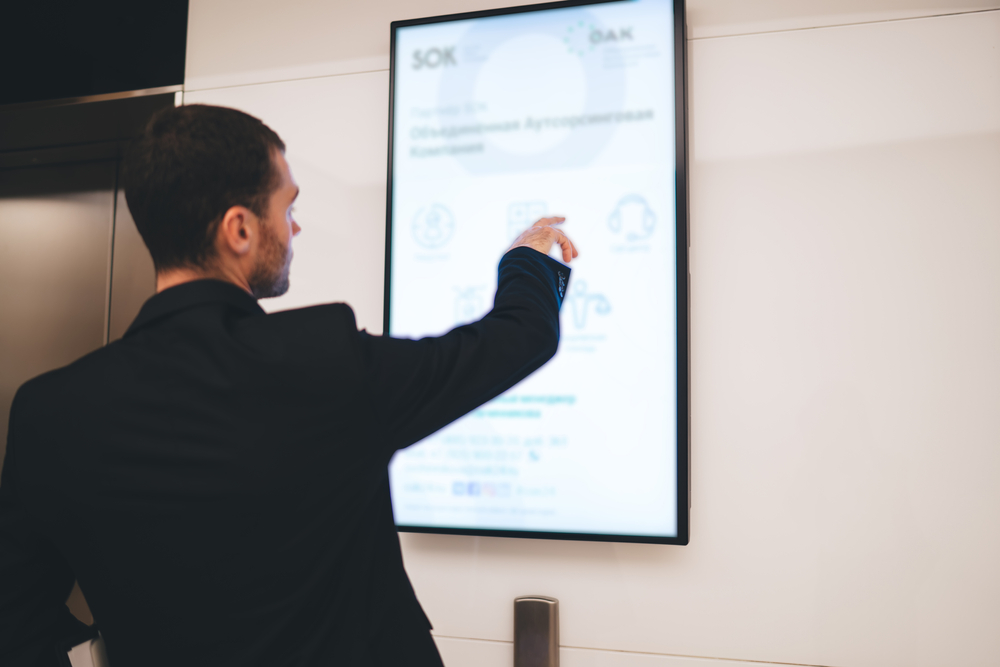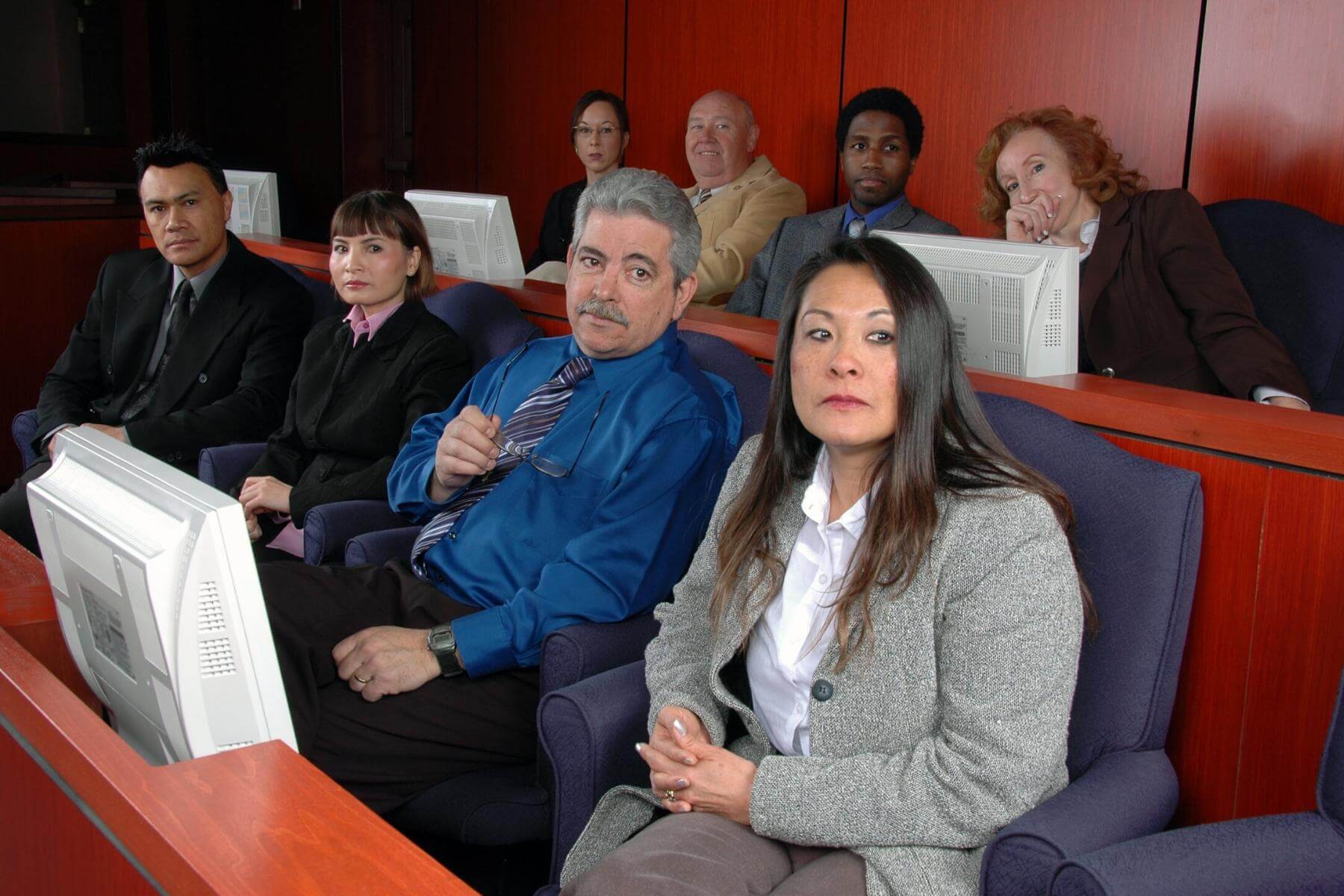Modern trial presentations bring cases to life.
Modern trial presentations bring cases to life.
Blog Article
Exactly How Trial Presentations Enhance Your Argument and Convince Jurors
Test discussions work as a pivotal device for boosting lawful debates and encouraging jurors. By integrating visual aids, narrative structures, and emotional engagement, lawyers can develop an engaging situation that resonates on multiple levels. The calculated usage of visuals not just clears up complicated information but also records jurors' focus better than words alone. The art of narration plays a similarly crucial role in changing accurate evidence into a compelling story, shaping jurors' assumptions. Recognizing these elements can considerably affect trial end results, raising the inquiry of how each part adds to this intricate dynamic.

Value of Visual Help
Aesthetic aids play a crucial duty in improving the effectiveness of test presentations, as they can significantly increase target market engagement and retention of details. In the context of a trial, where jurors are entrusted with handling complex details, aesthetic aids offer to simplify and make clear essential factors. Charts, charts, and pictures can convey data and principles that might or else overwhelm or confuse jurors, enabling a more uncomplicated understanding of the evidence provided.
Moreover, aesthetic aids help in preserving juror focus throughout the procedures. By damaging the uniformity of verbal testament, these tools can stress critical disagreements, making them more remarkable. Effective aesthetic help can also evoke psychological responses, which can be essential in persuading jurors to line up with the speaker's story.

Crafting Compelling Narratives
An engaging narrative is necessary in trial discussions, as it functions as the backbone of efficient persuasion. It permits attorneys to weave with each other realities, evidence, and psychological components into a systematic story that reverberates with jurors. This narrative framework enables jurors to comprehend the intricacies of the case while assisting them via the attorney's disagreement.
To craft an engaging story, attorneys must focus on clarity and coherence. In addition, the usage of vivid summaries can develop psychological pictures that assist jurors picture the events, making the narrative more memorable.
Moreover, integrating vital motifs throughout the discussion strengthens the core message and aids in retention - trial presentations. The story needs to not just communicate information but likewise evoke a sense of justice, highlighting the risks entailed. Eventually, a well-constructed narrative cultivates a connection between the jurors and the case, placing the attorney's argument as both credible and engaging, consequently enhancing the likelihood of a favorable judgment

Engaging the Court Emotionally
Effective jury interaction pivots on the attorney's ability to link with jurors on a psychological level. This connection can dramatically impact jurors' understandings and their best decision-making.
Visual aids, such as photos or video clips, can further boost psychological engagement, offering jurors see here now with dazzling depictions of the case's human aspects. Crafting a story that highlights the battles and accomplishments of the individuals involved makes sure that jurors see past the lawful debates and recognize the human effects of their choices.
A lawyer's enthusiastic shipment can resonate with jurors, strengthening their emotional investment in the instance. It's crucial to stabilize psychological charms with accurate evidence, ensuring that jurors feel urged to act while continuing to be based in the reality.
Structuring Your Presentation

The body of the presentation should review be logically fractional into key factors, each supported by engaging evidence. It is beneficial to make use of storytelling strategies to weave truths right into a story that jurors can quickly adhere to. Visual help, such as charts and video clips, can improve understanding and interaction, helping to highlight important pieces of proof.
Real-World Study
Analyzing real-world study offers visit this page invaluable insights right into the art of trial presentations and persuasion. The spots case of "O.J. Simpson v. The Individuals of The golden state" shows just how aesthetic aids and compelling narratives can guide jury understandings. The protection group effectively utilized an approach that combined prominent specialist testimonies with multimedia discussions, which astounded jurors and ultimately influenced their decision.
One more notable instance is the "McDonald's Coffee Case," where the plaintiff's attorneys used graphic pictures of the injuries endured by Stella Liebeck. trial presentations. This plain aesthetic evidence played a crucial role in conveying the seriousness of her burns, resulting in a considerable jury award. Such cases demonstrate that impactful test discussions usually pivot on the reliable assimilation of visuals and narration to evoke emotional responses from jurors
Furthermore, the "Casey Anthony Test" highlighted the importance of narrative comprehensibility and trustworthiness. The prosecution's failure to establish a compelling timeline lessened their influential power, highlighting the necessity of a well-structured presentation. Assessing these instances exposes that successful test discussions require strategic preparation, psychological interaction, and the ability to reverberate with jurors' values and beliefs.
Verdict
Test presentations significantly boost disagreements and persuade jurors via the calculated use of aesthetic aids, compelling stories, and emotional engagement. By streamlining complex details and promoting connections with the target market, these aspects create a remarkable and impactful experience. A well-structured presentation equilibriums sob stories with accurate evidence, inevitably resonating with jurors' worths. The combination of these techniques not only influences decision-making yet likewise emphasizes the significance of reliable communication in the court room.
Report this page